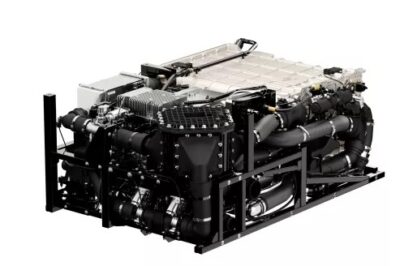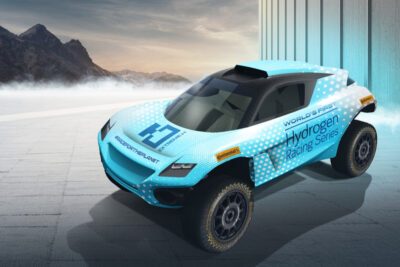University of Tokyo, TU/e, Helmholtz, Faurecia.
Charging on the go: A team from the University of Tokyo has come up with wireless technology that allows for a charge while driving. It relies on in-wheel motors and charging lanes or on sections of roads embedded with energy transmission coils and first demos have been a success. The same is true for Israeli ElectRoad which embeds copper wire into tar. First passed road tests earned the start-up a 120,000 dollar grant from the government to electrify a strip in Tel Aviv over one and a half mile in length.
japantimes.co.jp (Japan), econotimes.com (Israel)
Bio-composite electric car: Lina is a natural and a lovely name for an eco-friendly concept EV by students from Eindhoven University of Technology (TU/e). At the heart of the material is sugar beet and the whole vehicle only weighs 300 kilos, making “her” very efficient. The Netherlands Vehicle Authority sure took a liking to Lina, classifying the idea as roadworthy and for four passengers. Lina will go on tour in the Netherlands following the debut at the Eco Marathon in London later this month.
greencarcongress.com, tue.nl
New nanomaterial: A team at the Helmholtz-Zentrum Berlin (HZB) has made a nanomaterial from nanoparticles of a titanium oxide compound and tested it as a cathode in lithium-sulphur batteries. The porous nanomaterial has high storage capacity that remains nearly constant over many charging cycles.
helmholtz-berlin.de
Carbon fibre hydrogen tanks: Faurecia is now able to design, produce and commercialise high-pressure hydrogen tanks made of carbon fiber composites for fuel cell electric vehicles. It acquired its know how from Stelia Aerospace Composites.
greencarcongress.com



0 Comments